Spring Cleaning Tips for Allergy Sufferers

by
P.C. Richard & Son
(IC: homeowner)
For allergy sufferers, spring cleaning is a great opportunity to clean many over looked items that could be harboring allergens and help reduce symptoms. On the other hand, the cleaning itself may set off fits of sneezing, watery eyes, and congestion. Whether you dread this process or find it strangely satisfying, it’s got to be done especially if you suffer from allergies.
Here are some cleaning tips to keep in mind as you spring clean your home. These cleaning tips will help both you and your family breathe easier.
Here are some cleaning tips to keep in mind as you spring clean your home. These cleaning tips will help both you and your family breathe easier.
Replace Filters
Enjoyed the project?
Published April 30th, 2014 2:24 PM



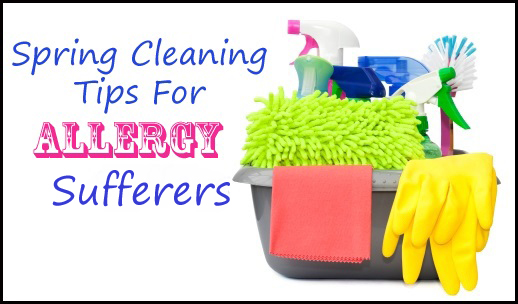
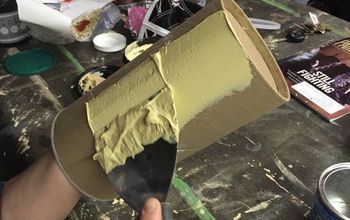
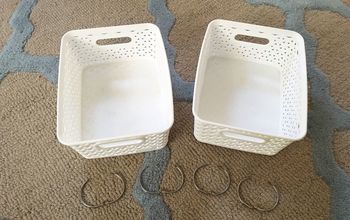

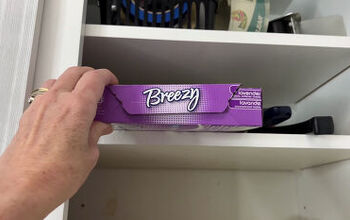


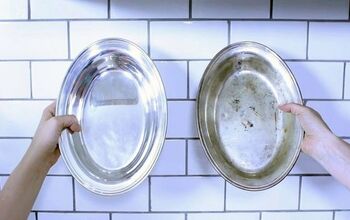




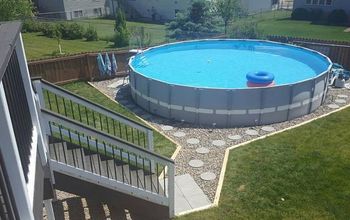




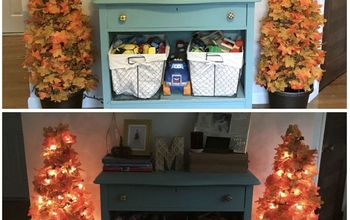

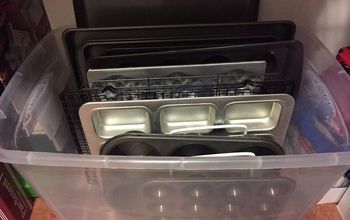
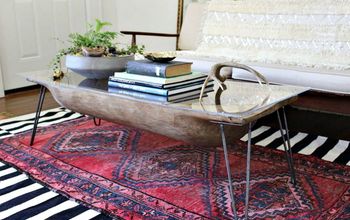
Frequently asked questions
Have a question about this project?